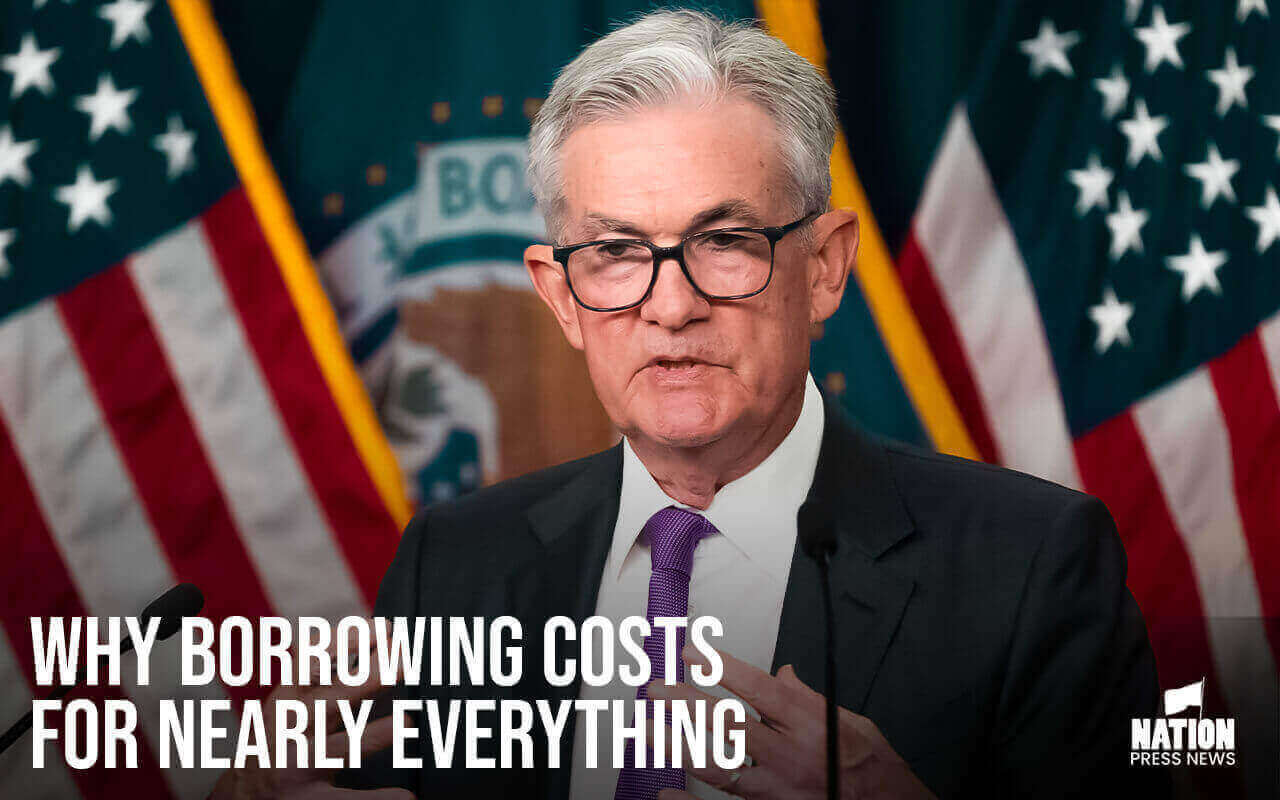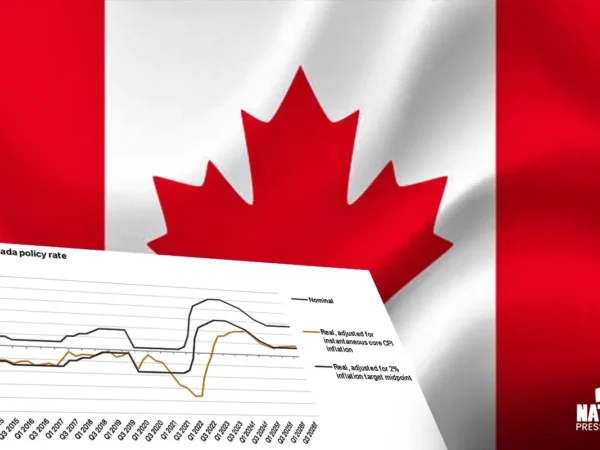Why borrowing costs for nearly everything are surging, and what it means for you
The yield, which indicates bond issuers’ borrowing costs, has steadily risen in recent weeks and reached 4.8% on Tuesday, a level last seen just before the 2008 financial crisis.
“Unfortunately, I do think there has to be some pain for the average American now,” said Lindsay Rosner, head of multi-sector investing at Goldman Sachs asset and wealth management.
This week’s bond market volatility has battered investors and reignited fears of a recession and concerns about housing, banks, and even the US government’s budgetary viability.
The 10-year Treasury yield, one of the most powerful financial metrics, is at the storm’s epicenter. The yield, which indicates bond issuers’ borrowing costs, has steadily risen in recent weeks and reached 4.8% on Tuesday, a level last seen just before the 2008 financial crisis.
The steady surge in borrowing costs has blown beyond forecasts’ expectations, leaving Wall Street scratching its head for an explanation. While the Federal Reserve has been raising its benchmark rate for the past 18 months, longer-dated Treasurys such as the 10-year have been unaffected since investors expected rate decreases in the short future.
This began to shift in July when evidence of economic momentum defied predictions of a slowdown. It has accelerated in recent weeks as Fed officials have maintained that interest rates will remain high. Some Wall Street analysts feel that a portion of the move is technical in nature, triggered by selling by a country or huge institutions. Others are preoccupied with the United States’ rising budget and governmental dysfunction. Others believe that the Fed purposefully increased yields in order to cool an overheated US economy. Because of its dominance in global finance, investors are obsessed with the 10-year Treasury yield.
While shorter-term Treasurys are more directly influenced by Fed policy, the 10-year is influenced by the market and reflects growth and inflation predictions. It is the rate that consumers, corporations, and governments care about the most, influencing trillions of dollars in house and auto loans, corporate and municipal bonds, commercial paper, and currencies.
“When the 10-year moves, it affects everything; it’s the most closely watched benchmark for rates,” said Ben Emons, fixed income head at NewEdge Wealth. “It impacts anything that’s financing for corporates or people.” The recent movements in the yield have put the stock market on a knife’s edge, as some of the usual connections between asset classes have broken down.
Stocks have fallen since yields began to rise in July, wiping out much of the year’s gains, but the traditional safe haven of US Treasury bonds has fared even worse. According to Bloomberg, longer-term bonds have fallen 46% since their top in March 2020, a dramatic drop for what is meant to be one of the safest investments available.
“You have equities falling like it’s a recession, rates climbing like growth has no bounds, and gold selling off like inflation is dead,” said Benjamin Dunn, a former hedge fund chief risk officer who now runs consultancy Alpha Theory Advisors. “None of it makes sense.” ′







